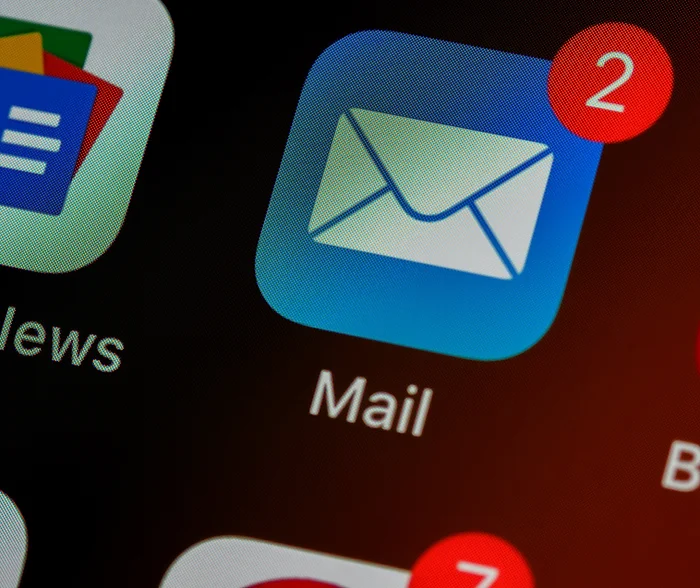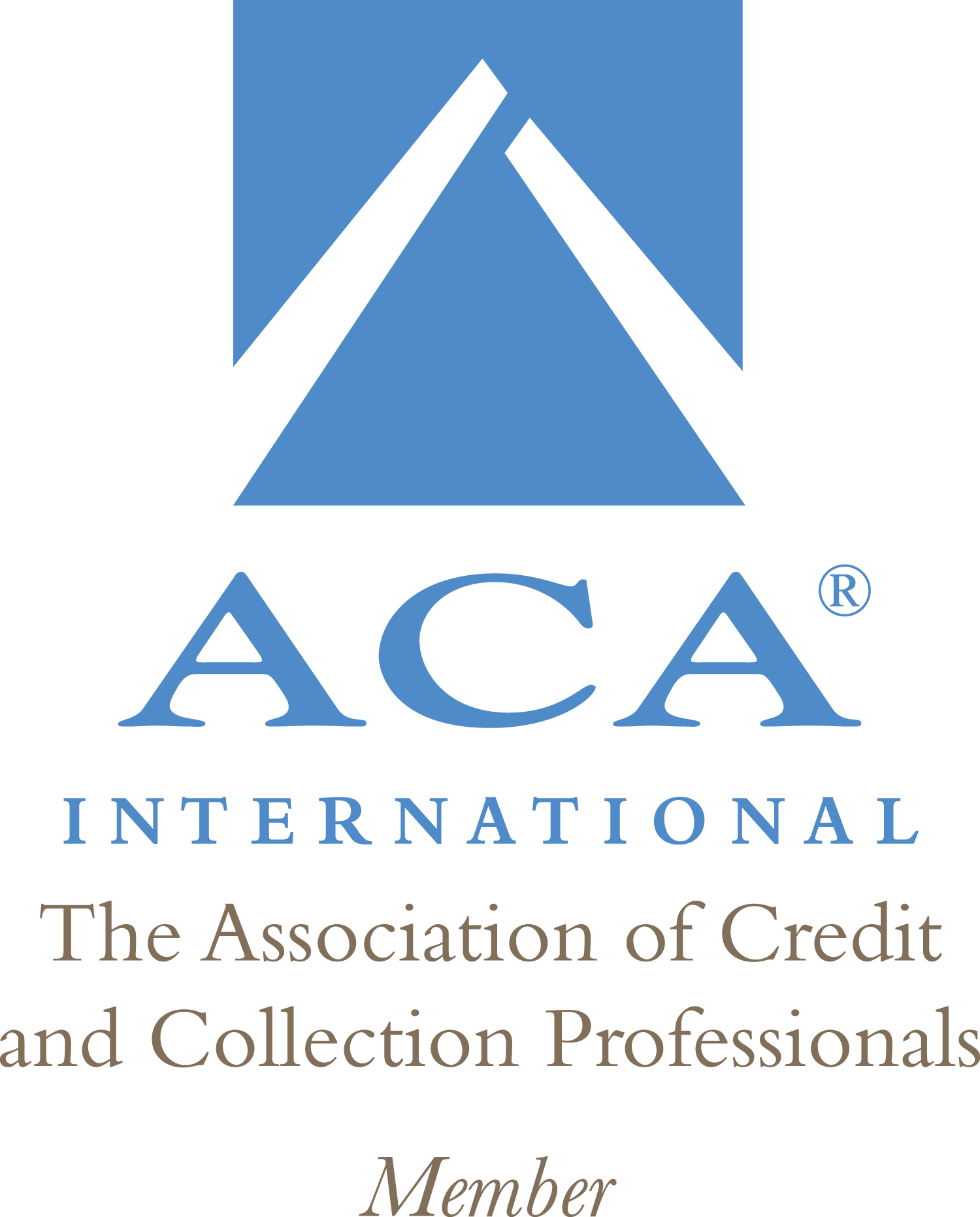You sent an estimate.
You have a signed agreement.
You completed the work.
You sent an invoice for payment.
You haven’t been paid and it’s been weeks (or, yikes, months).
Before you escalate this to outside help (debt collection agency or legal action), try sending late notices that have built in escalation and problem-solving options!
Invoice/Statement #1 – Money is Due
This is the easy one, right? Not necessarily.
Ensure your statements for payment include important information:
- Detail of work completed. This may include dates your team completed work, details on work done (logs of services), and which team members participated. There should be no uncertainty that a service was provided.
- Due Date and Late Payment Reminders. Ensure the due date for payment is front and center. Include any information in the signed agreement with respect to payment penalties. This may include late fee, interest, or cost of collections and legal action.
If/when escalation occurs, your outsource partner (collection agency, attorney) will ask for details on the work completed, copies of statements sent to the client, and any other communication. It is important to show your client was aware of the work and terms.
Invoice/Statement #2 – Options are Available
As soon as the due date passes without payment, it is important to send a second invoice as soon as possible. Your goal is to stay “top of mind,” keep communication lines open, and provide options for discussion before too much time passes.
Important information to include in the late statement:
- Late payment penalties. This is the time to add the late fee and interest (if in your agreement and legally applicable). This provides the incentive to pay as soon as possible.
- Options to come out of arrears. Collecting past dues internally is always the best option. If you have the bandwidth to delay payment, start a payment plan, or any other options to help your client, let them know.
Bonus Tip: If you haven’t reached out to the customer to discuss this late bill verbally, NOW is the time. Frequent communication, utilizing many methods (statements, emails, phone calls, etc.) will increase the likelihood of payment.
Invoice/Statement #3 – Final Attempt Before Escalation
You sent the original statement. You sent a late notice reminder, likely 30 days later. The payment is now likely 60 days past due. If payment communication occurred and there are no disputes or concerns on the services rendered, you should feel confident giving one last chance for payment before escalating to a collection agency.
What do you include in a final attempt communication?
- State this is the final attempt. It should be clear you are sending a 3rd communication, and this will be your last.
- Payment is Due. It’s not too late to reach out, make a plan, and make a payment. Provide details on how that can occur.
- Next Steps for Non-Payment. If payment is not received (usually within 2 weeks or 30 days of notice), tell them what will occur. Will you send this to a collection agency for assistance? If so, state that.
Communicate. Be Friendly and Firm. Escalate.
Providing frequent communication with escalating information and options can help recoup more receivables internally. Remember to follow through on any plans you share… If your agreement has a late fee, add it. If failure to pay means you send to collections, send to your collection agency. Looking to learn more? Check out Why aren’t your customers paying? Are you doing something wrong? (beyondgreensolutions.com)





